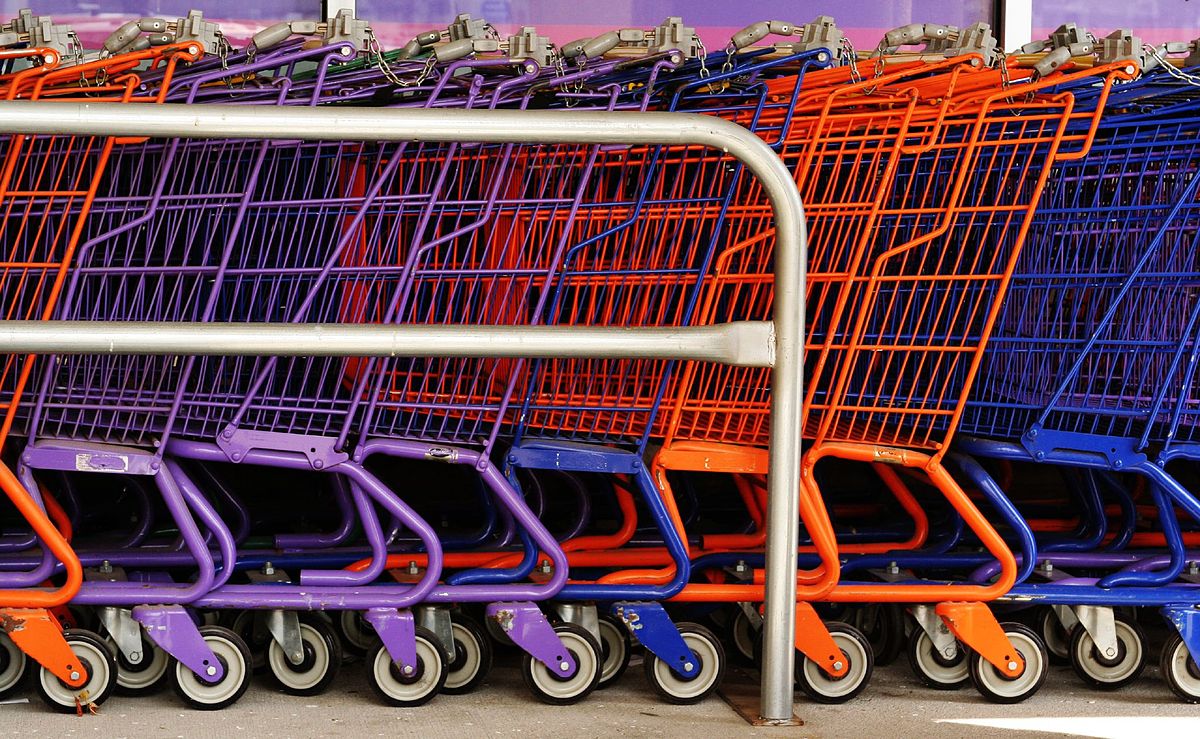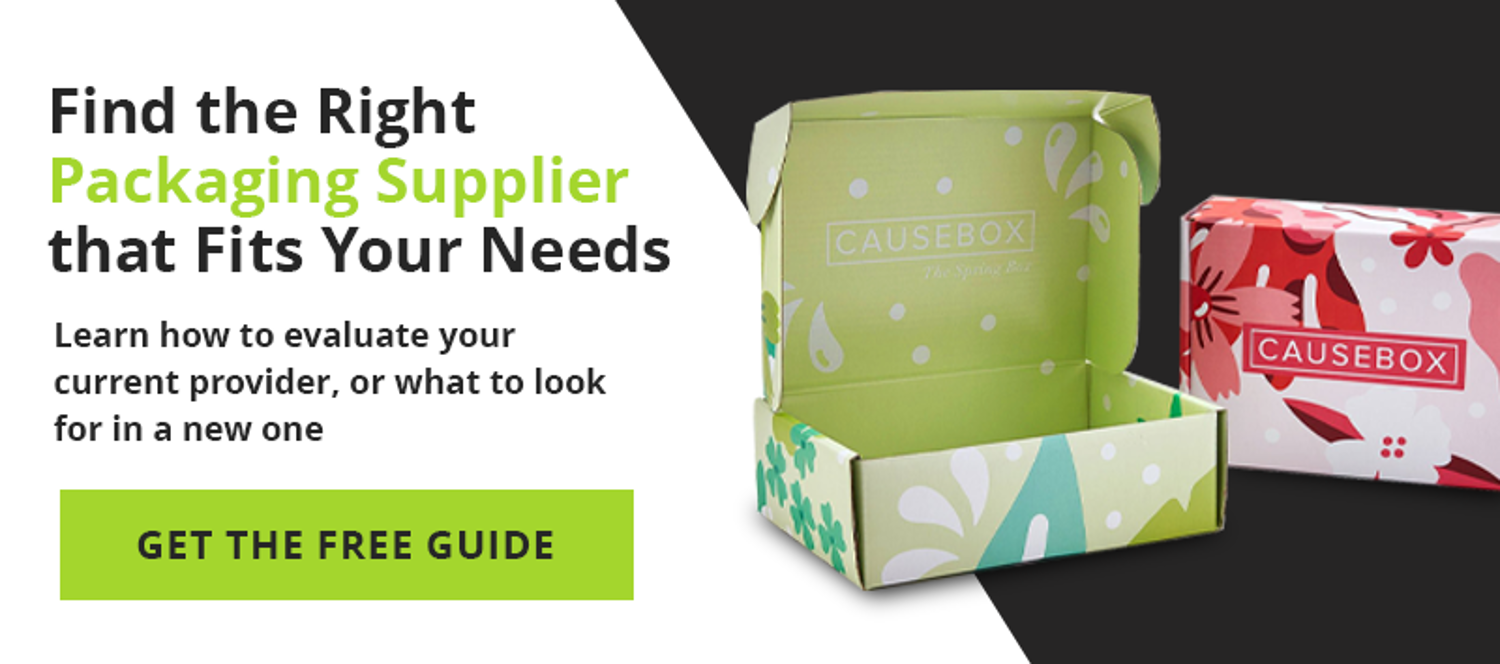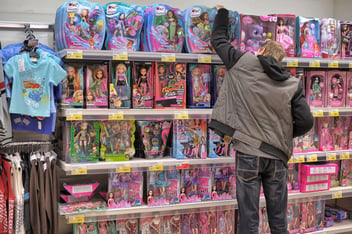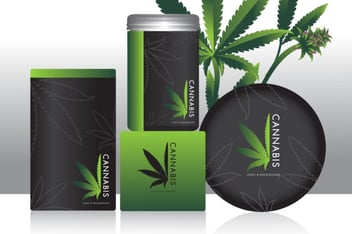How Packaging Printing Impacts Your Bottom Line
When buying a gift for someone, are you more likely to choose an item in a plain box, or the same type of item that comes in appealing packaging?
If you didn’t have a specific brand in mind, you would probably opt for the one with better packaging.
Packaging should help you sell the product. Just like websites have become 24/7 digital salespeople, your product packaging should always catch the shopper’s eye and convert them into a lifelong customer.
When you consider the prices associated with print and digital advertising, partnering with a packaging printing company is a low-cost alternative approach to marketing your product, making it one of the most cost-effective ways to increase sales.

Getting the Best Value for Your Money with Packaging Printing
Packaging printing is an investment, so it makes sense to expect a certain return from it.
Instead of thinking of it as a means to get your product to market, think of packaging as another lever you can pull to increase revenue. The obvious goal is more sales, but you can also add money to your pipeline by consulting with your packaging printer.
First, always try to buy in bulk. You’ll save money by placing a larger order and warehousing the extras. You can also create a standard box-size for your company’s product while updating the external graphics to differentiate various models.

Domestic vs. International Packaging Printing Partners
When printing in bulk, you can work with a domestic or international packaging printer.
This decision will include evaluating the inventory management the printer offers, as well as how frequently you might change your box design or its size. If those elements are consistent, the biggest consideration will be which company can best meet your supply chain needs.
Most domestic printing companies provide one service, and it exceptionally well. This results in a pretty narrow spectrum if you want to evolve your design.
Part of the issue stems from old equipment.
Some printers have older operations that make them more competitive printing plain white boxes like those used by bakeries. They’ve invested in machines that can’t handle the specs of high-end projects, so the kind of boxes they can produce are limited. They aren’t set up to do rigid boxes, plastics, or any of the elements you’d use for high-end packaging.
At the same time, domestic companies that try to offer these products often outsource them to another company, which ultimately costs you more and exposes the project to greater risk of error.
International printers offer more flexibility and affordability, although you will have to consider freight and logistics into your decision making.
Some international printers will handle freight for you, offering one price that includes logistics and still saves you money. Cost will be impacted by your company’s warehousing needs or if you’re using a just-in-time inventory strategy. Ultimately, the decision will hinge on whether or not you have a feasible solution for managing your inventory, or if you need to lean on your packaging printer for that.

Selling through Product Packaging Printing Design
Part of the strategy behind product packaging design is finding a way to stand out from your competitors, while not looking so different that it confuses your target customers.
For example, if your competition uses a really nice FBS box like you see in cosmetics, and you’re selling something similar, you don’t necessarily want to overspend and use a rigid box that’s more common with technology. You want packaging that will increase your sales without reducing your margins.
Design is one of the most efficient ways to improve sales without spending a lot more. You can take a rigid box that has dated art, upgrade it, and end up with a much nicer design.
The box is still the same, so nothing changes with your costs, it just looks better which should result in more sales. Even just adding subtle accents like foil stamping or embossed lettering to your box can make a big difference.
Your approach to packaging design should be part of your marketing strategy. By finding ways to improve your box without increasing printing costs, you can reap the rewards. Remember to design within the limits of your industry, and don’t spend money trying to reinvent the wheel when you can put that budget towards an improved design.




